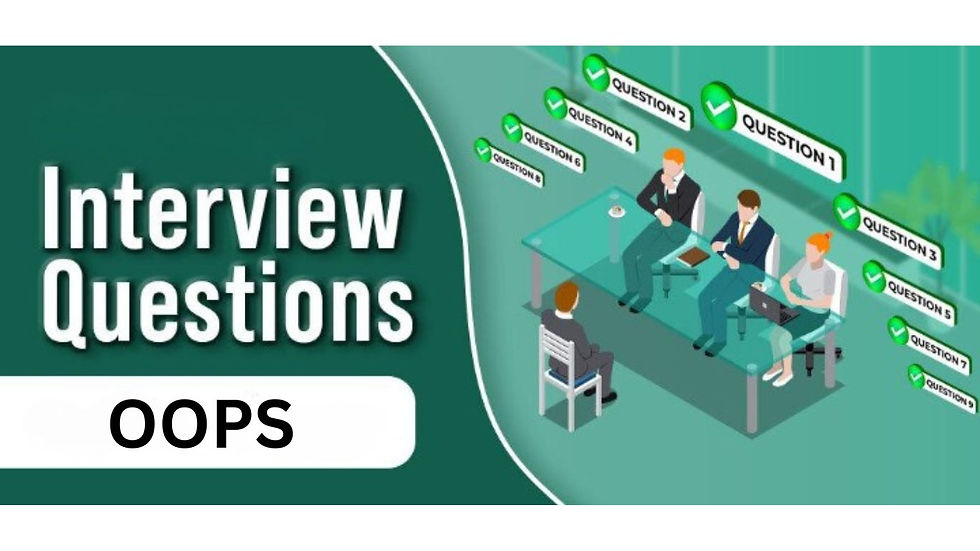What are the best HTML interview questions for beginners?
- Divyansh WsCube
- Sep 26, 2023
- 3 min read

Introduction
If you're starting your journey in web development, understanding HTML (Hypertext Markup Language) is the first step. Whether you're aspiring to land your first job or internship in the field, being prepared for HTML interview questions is essential. In this blog post, we'll explore some of the best HTML interview questions tailored for beginners to help you confidently navigate the interview process.
1. What is HTML, and what does it stand for?
HTML stands for "Hypertext Markup Language." It's the standard markup language used to create web pages. HTML provides the structure and content for web documents using a system of tags.
2. What is the basic structure of an HTML document?
An HTML document typically consists of the following parts:
- `<!DOCTYPE>` declaration
- `<html>` element (root element)
- `<head>` section (metadata)
- `<title>` element (page title)
- `<body>` section (content)
3. What are HTML tags, and can you give examples of some commonly used ones?
HTML tags are elements that define the structure and content of a web page. Common examples include `<p>` for paragraphs, `<h1>` for headings, `<a>` for links, `<ul>` and `<li>` for lists, and `<img>` for images.
4. Explain the difference between block-level and inline elements.
Block-level elements create a new block or start on a new line, while inline elements don't create new lines and only take up as much width as necessary. Examples of block-level elements include `<div>`, `<p>`, and `<h1>`, while `<a>`, `<strong>`, and `<span>` are inline elements.
5. What is the purpose of attributes in HTML tags?
Attributes provide additional information about an HTML element and are defined within the opening tag. They help modify an element's behavior or appearance. For example, the `href` attribute in `<a>` defines the link's URL.
6. Why is it important to close HTML tags properly?
Properly closing HTML tags ensures that the document is well-formed and adheres to web standards. It prevents rendering issues and helps maintain the structure of the content. Browsers are forgiving, but it's a best practice to close tags correctly.
7. How can you create a hyperlink in HTML?
You can create a hyperlink using the `<a>` (anchor) element. The `href` attribute specifies the URL to link to, and the text between the opening and closing `<a>` tags becomes the clickable link text.
8. What is semantic HTML, and why is it important?
Semantic HTML involves using elements that convey the meaning and structure of content, rather than just defining its appearance. It improves web accessibility, helps search engines understand content, and enhances the overall user experience.
9. What is an HTML form, and how do you create one?
An HTML form is used to collect user input. You create a form using the `<form>` element, and within it, you add form fields like text inputs, radio buttons, checkboxes, and submit buttons using appropriate input elements like `<input>`.
10. Explain the purpose of the `<meta>` tag in HTML.
The `<meta>` tag is used to provide metadata about an HTML document. Common attributes include `charset` (character encoding), `viewport` (for responsive design), and `description` (a brief description of the page's content for search engines).
Conclusion
Mastering these HTML interview questions and answers for beginners is a great starting point for your web development journey. Remember that practice and hands-on experience are essential for becoming proficient in HTML and web development. As you progress in your learning, you'll be better equipped to tackle more advanced topics and land your dream job in web development.



亚博体育 亚博体育 亚博体育 亚博体育